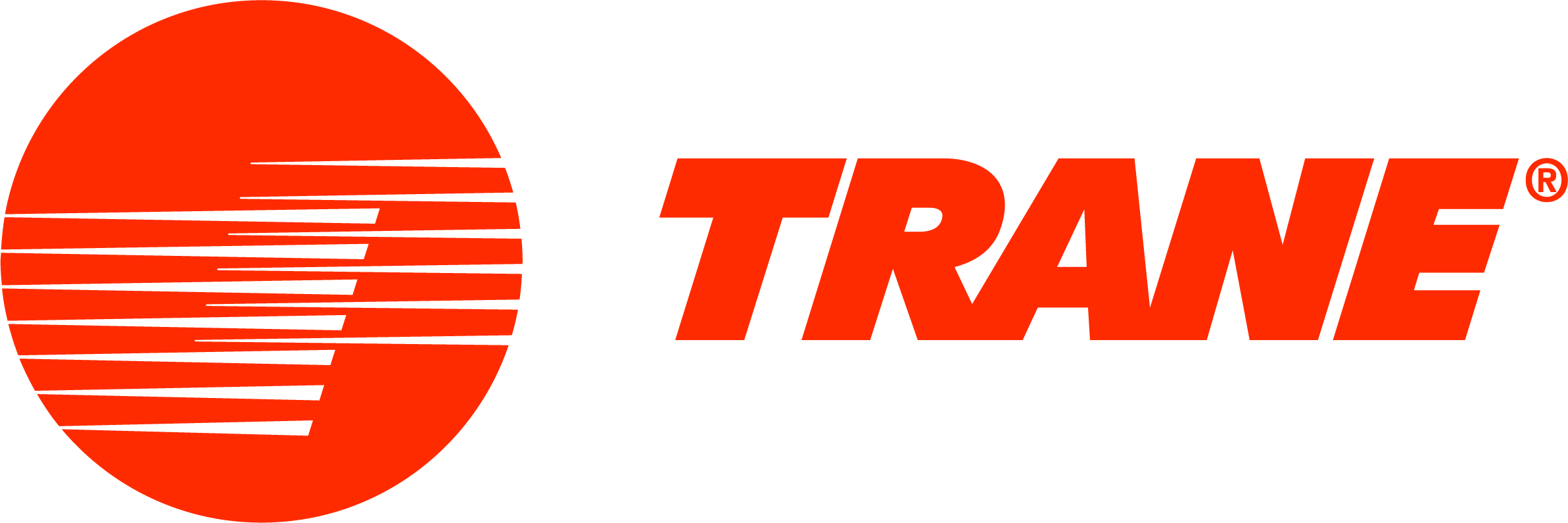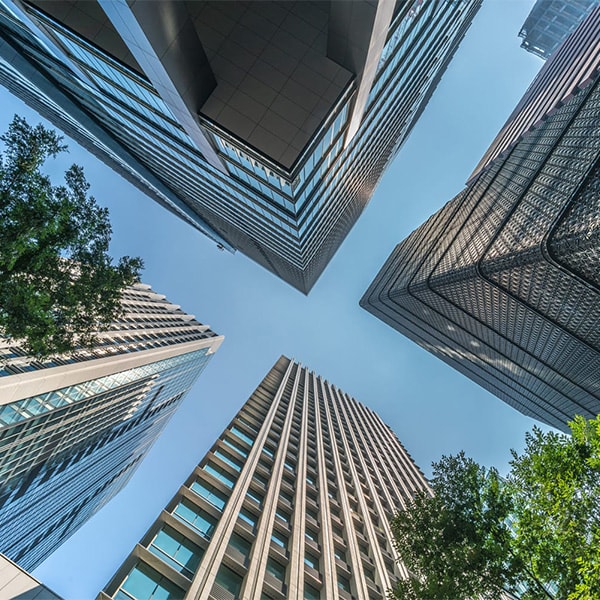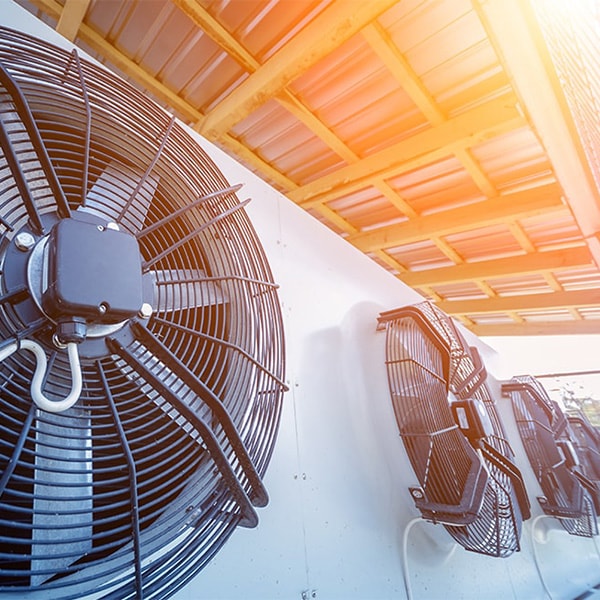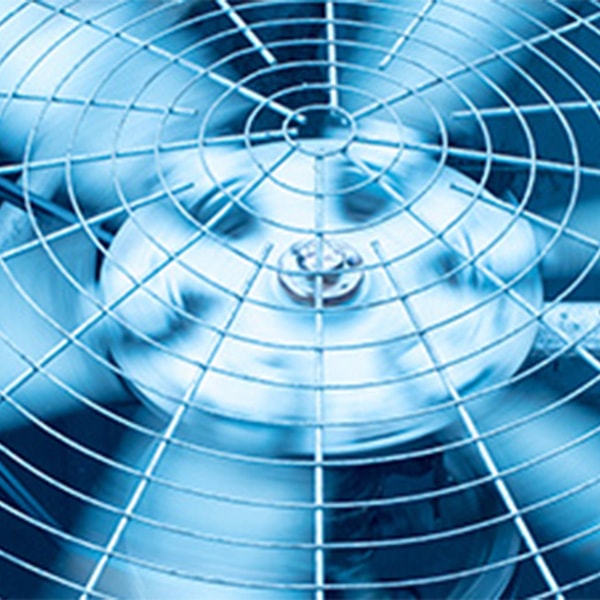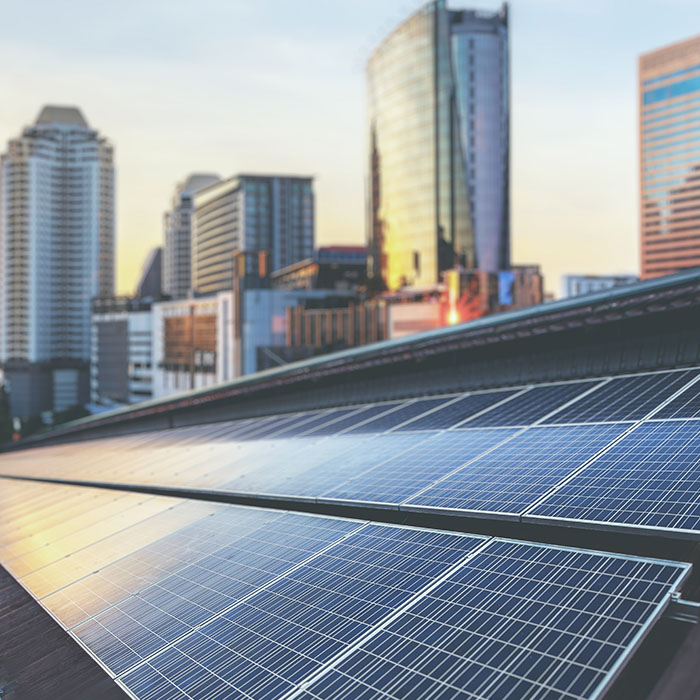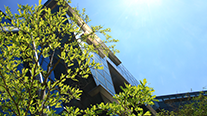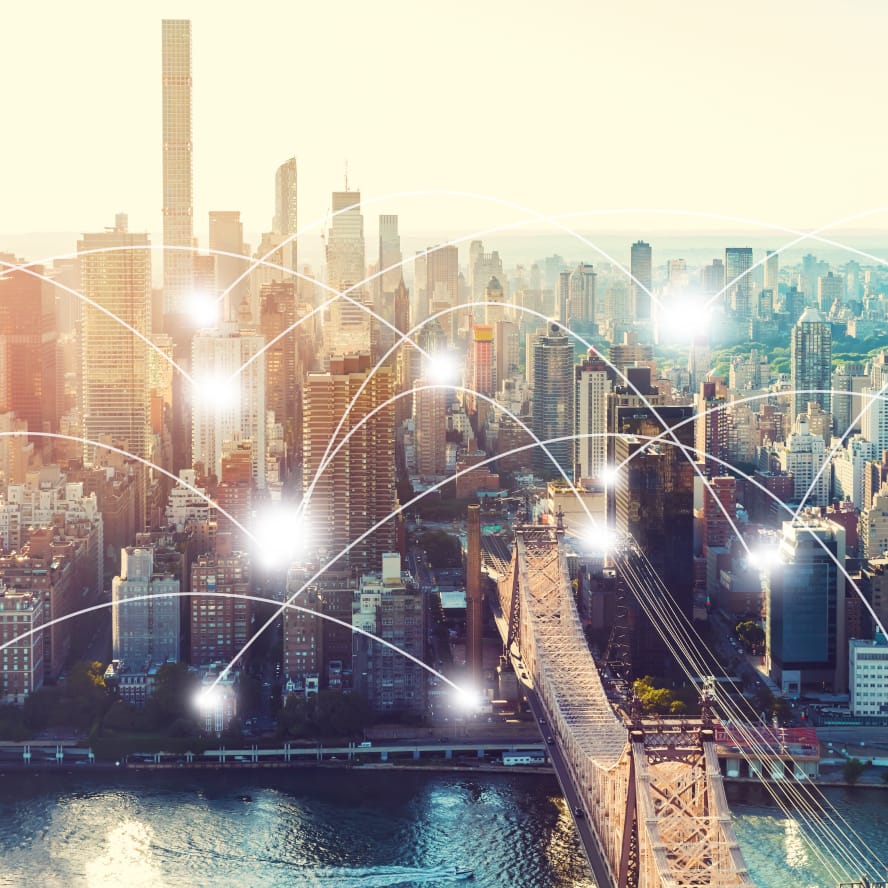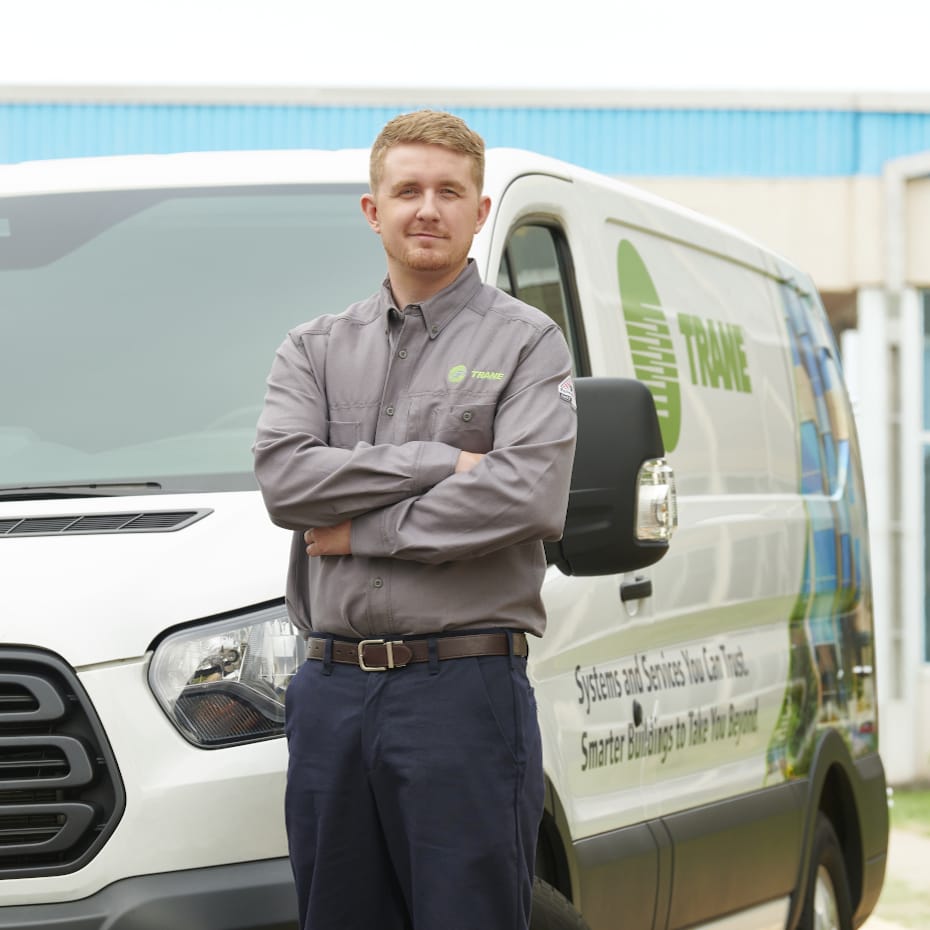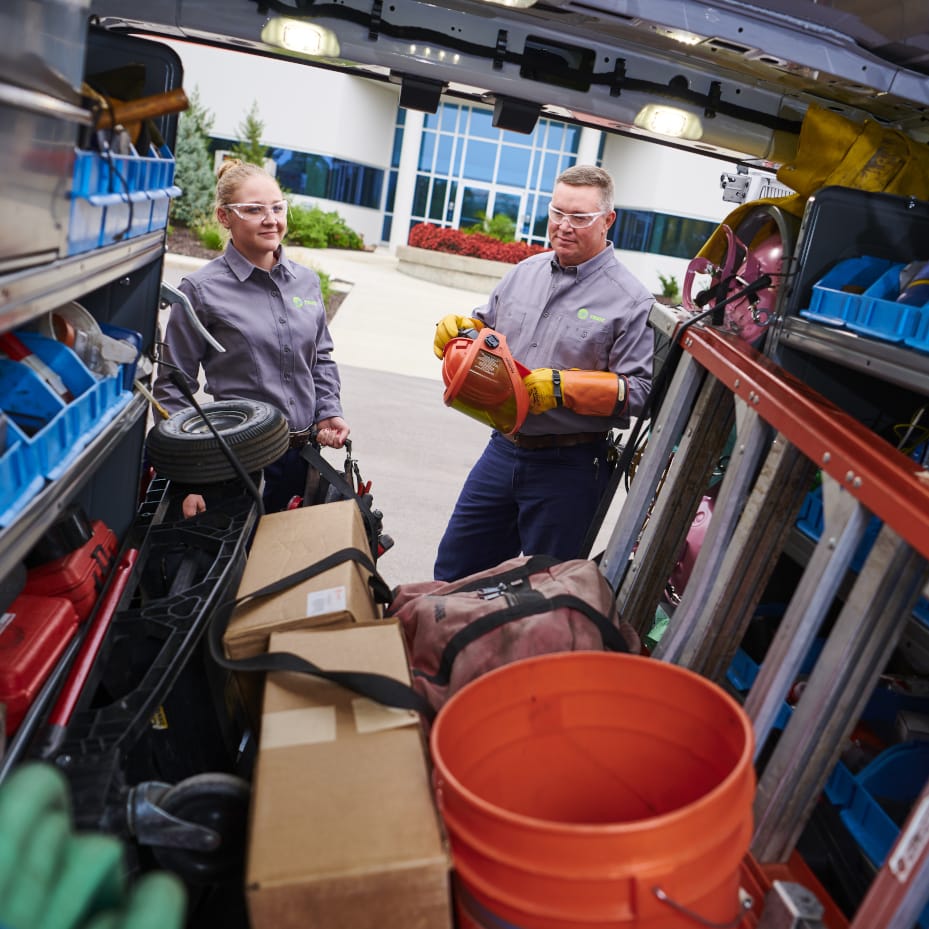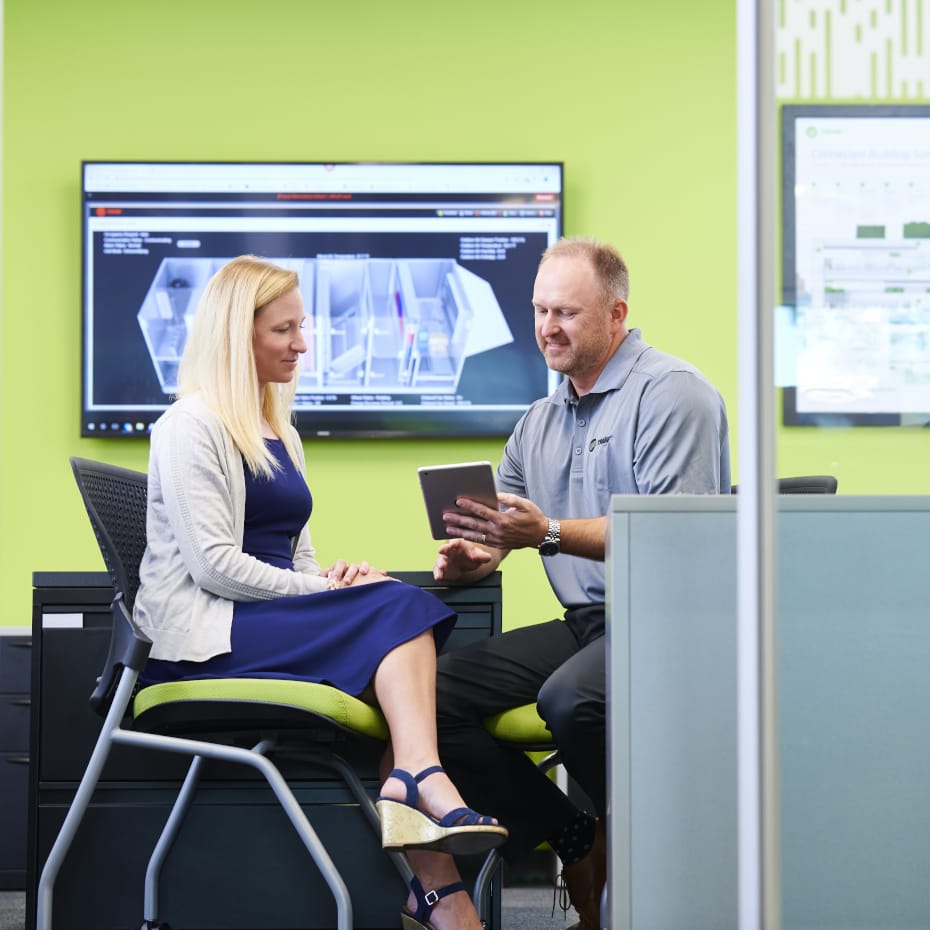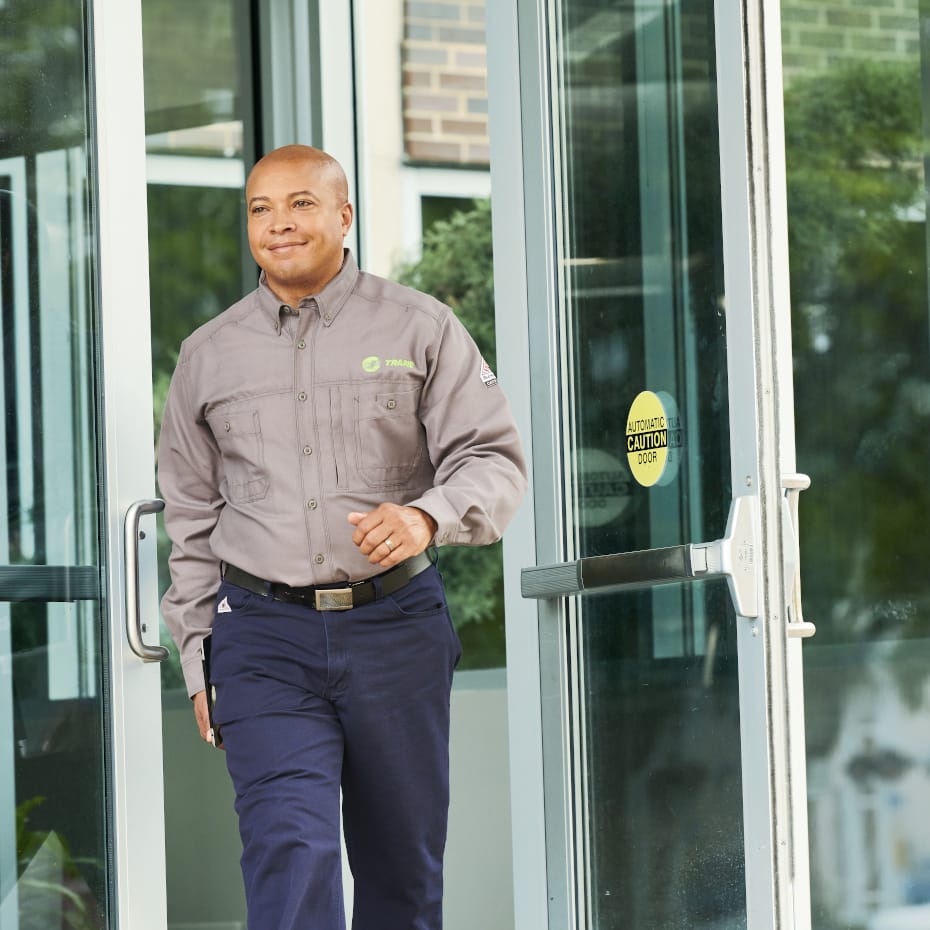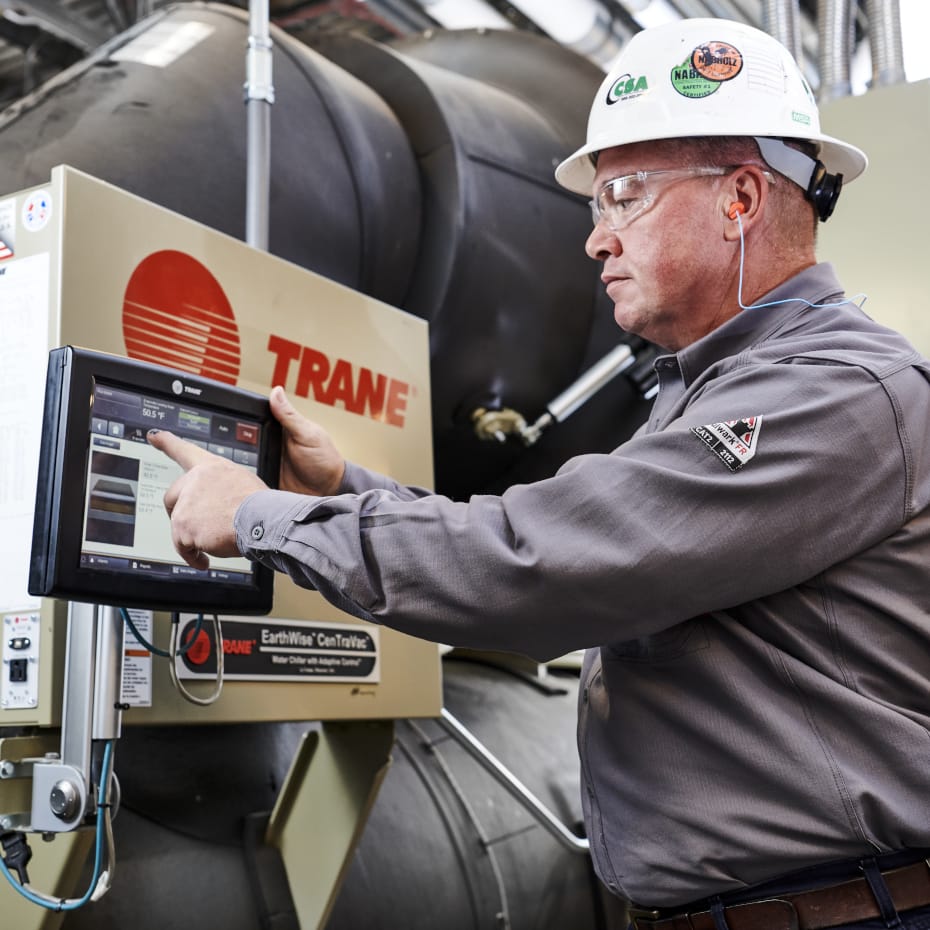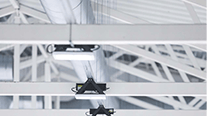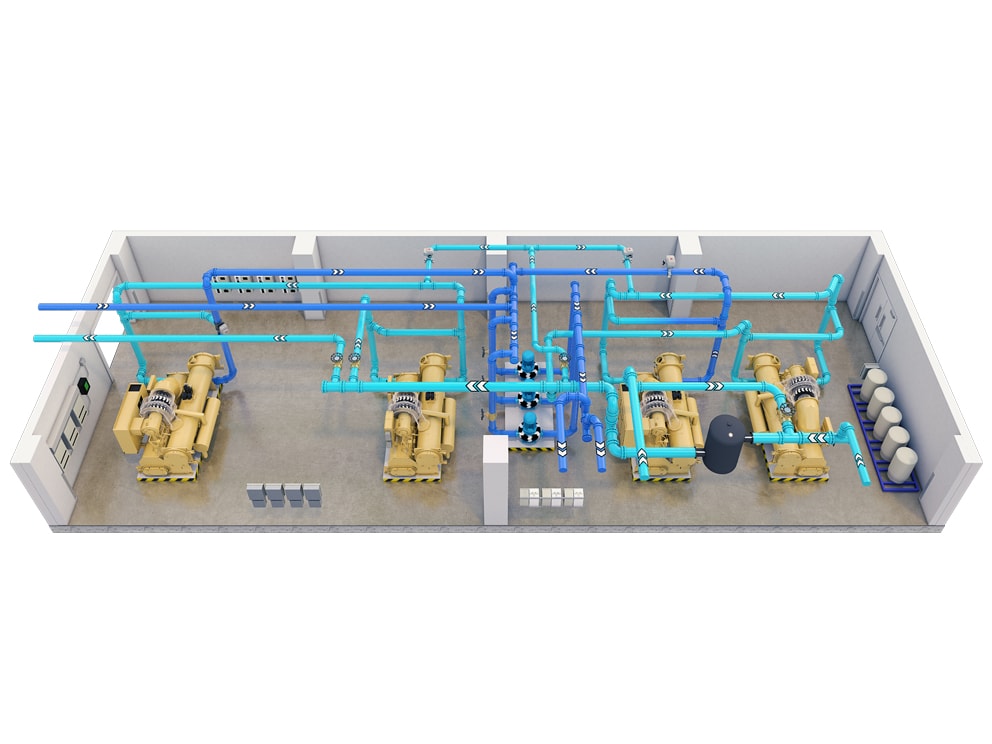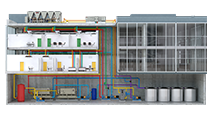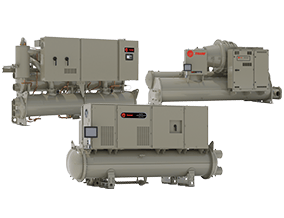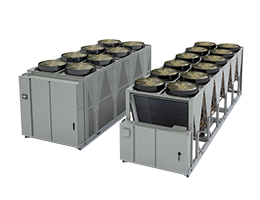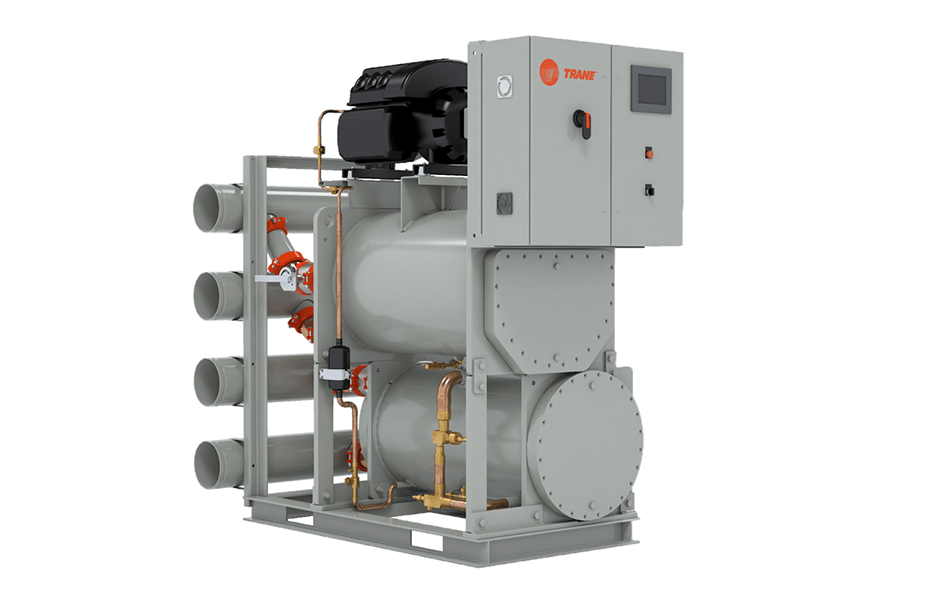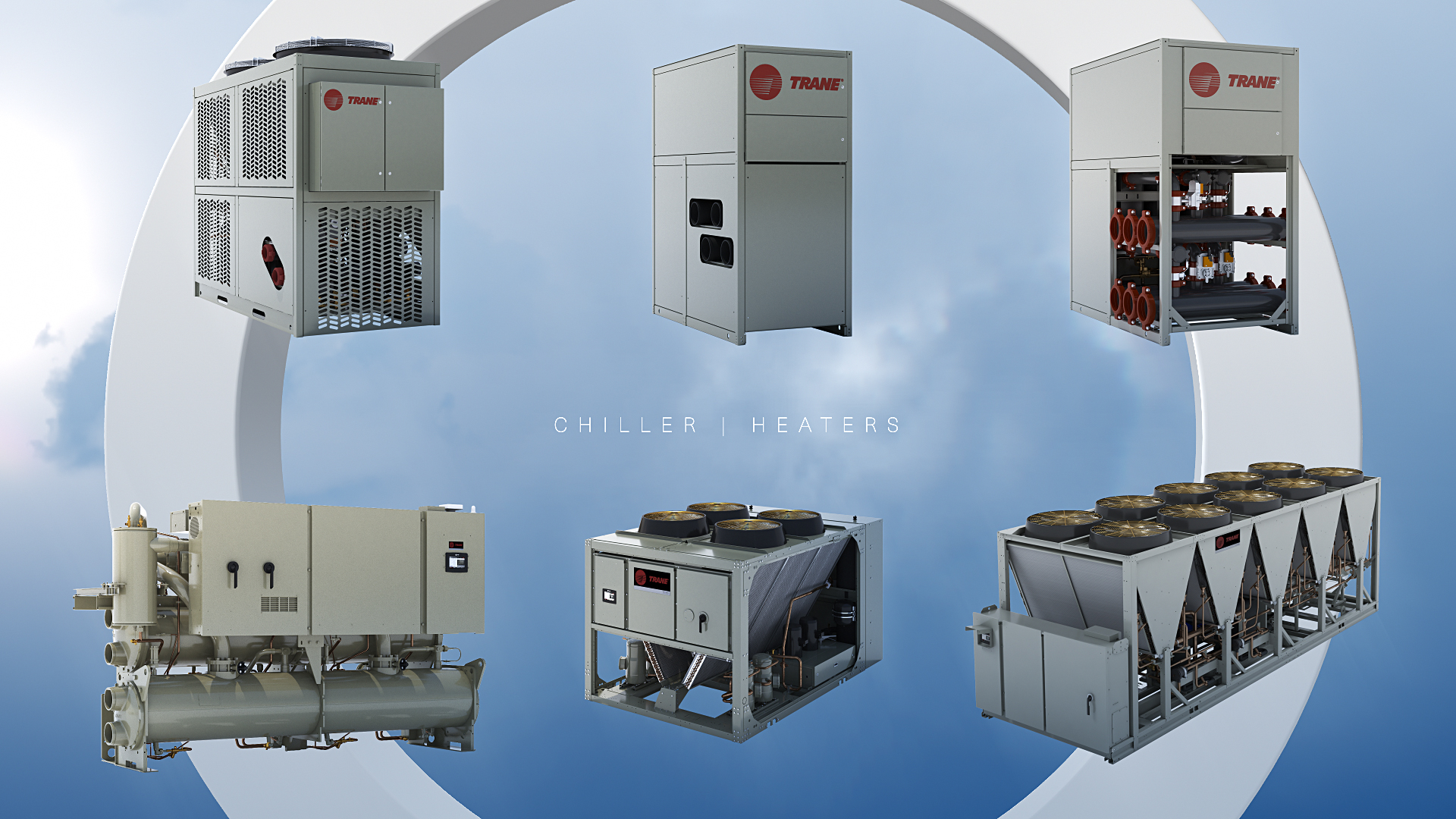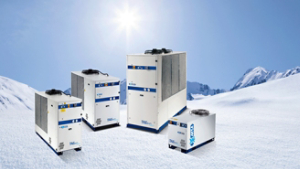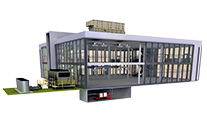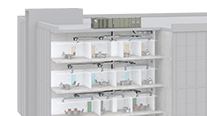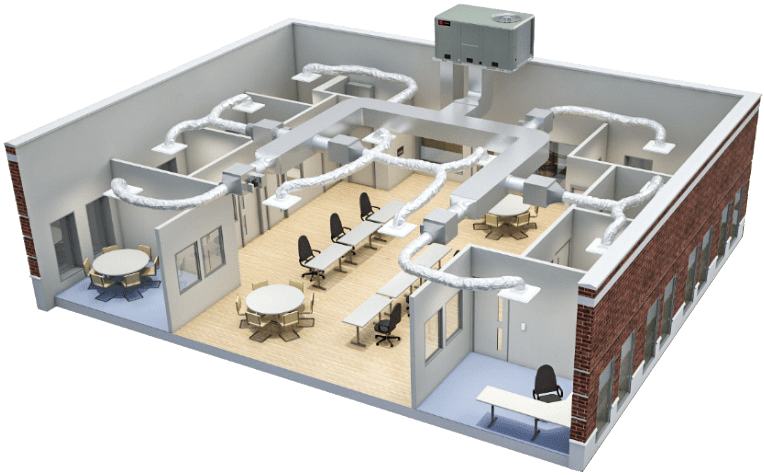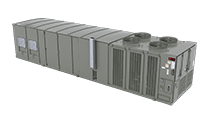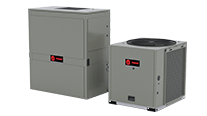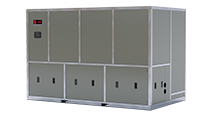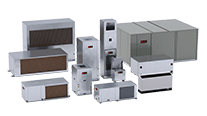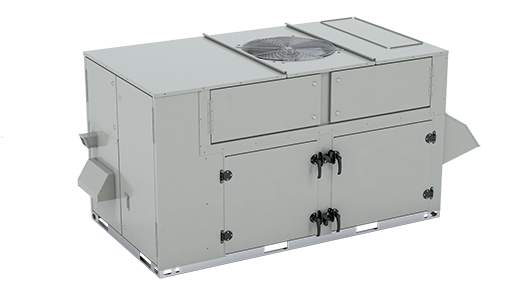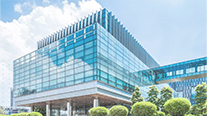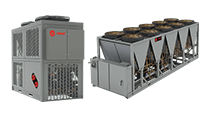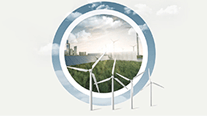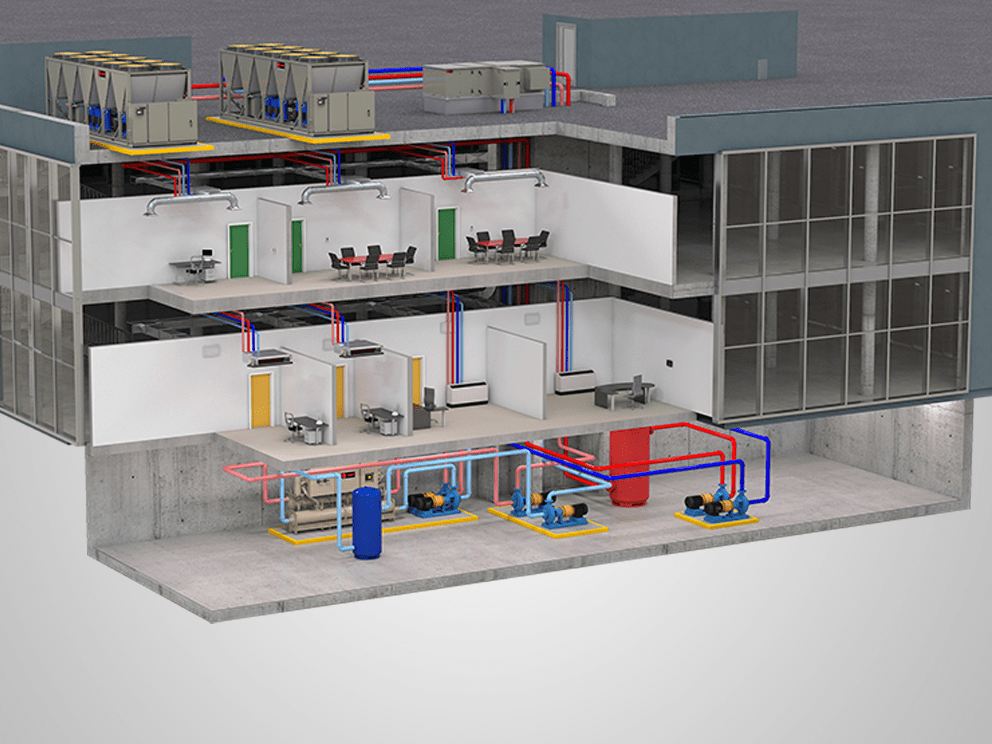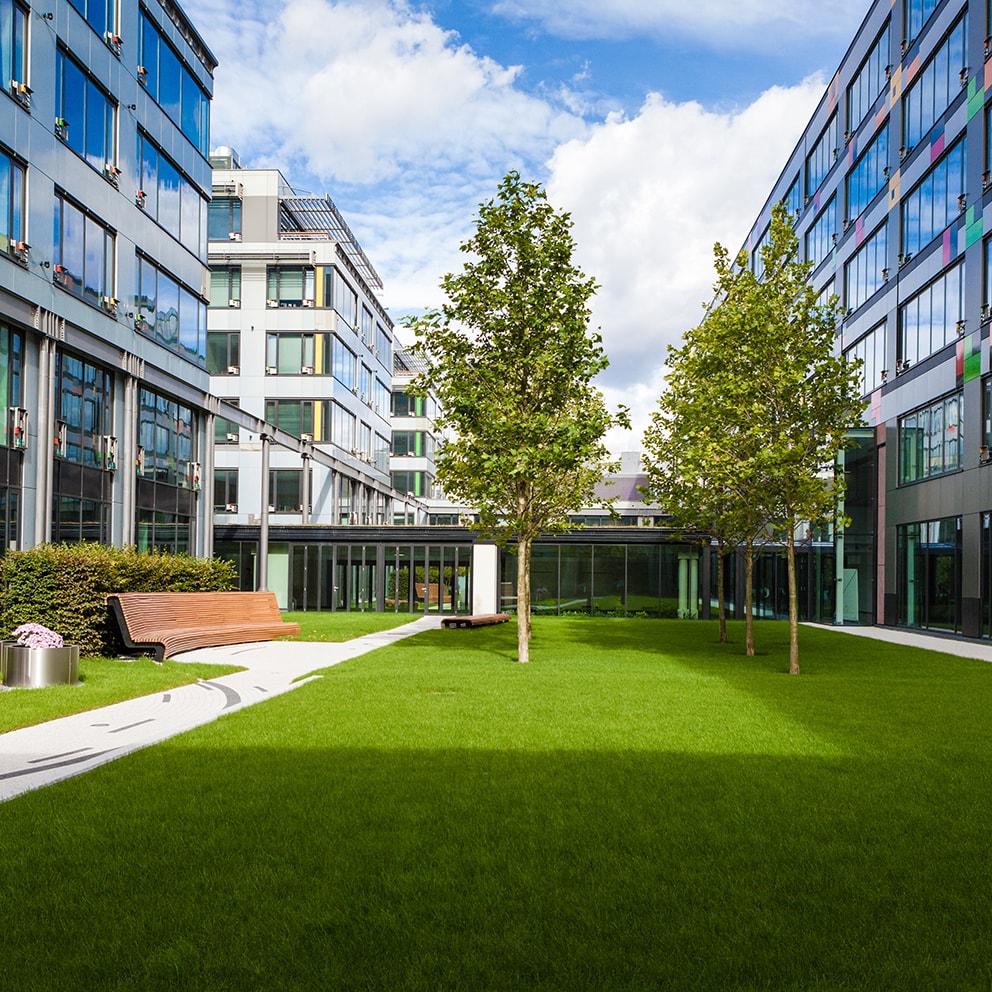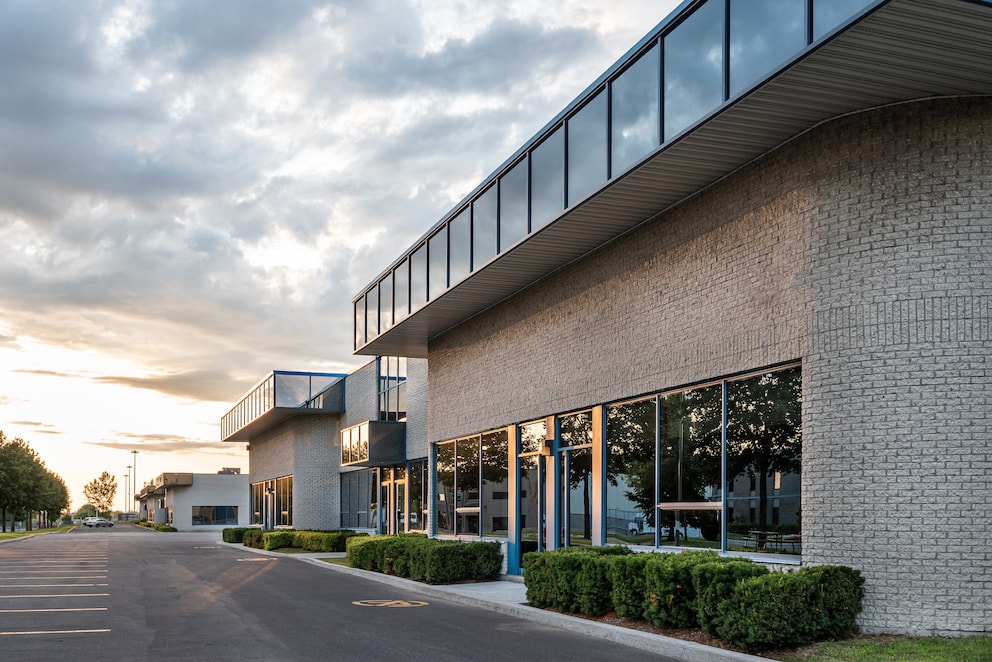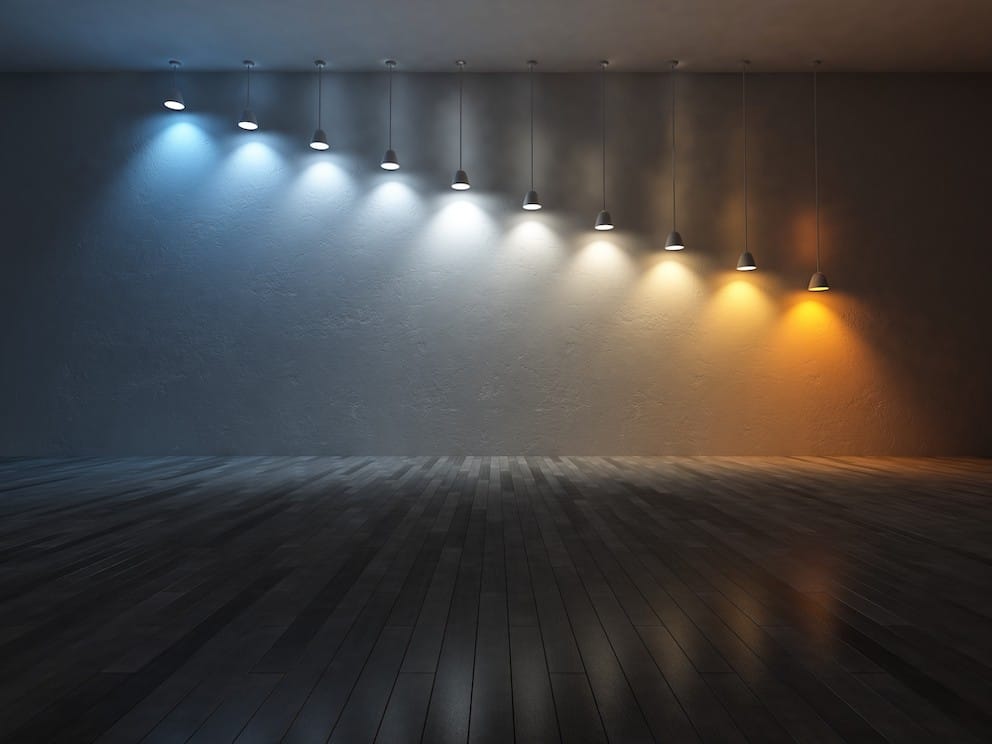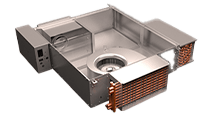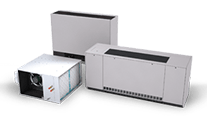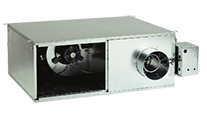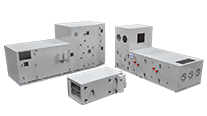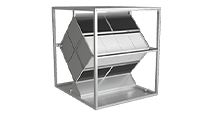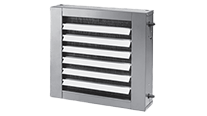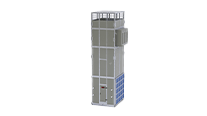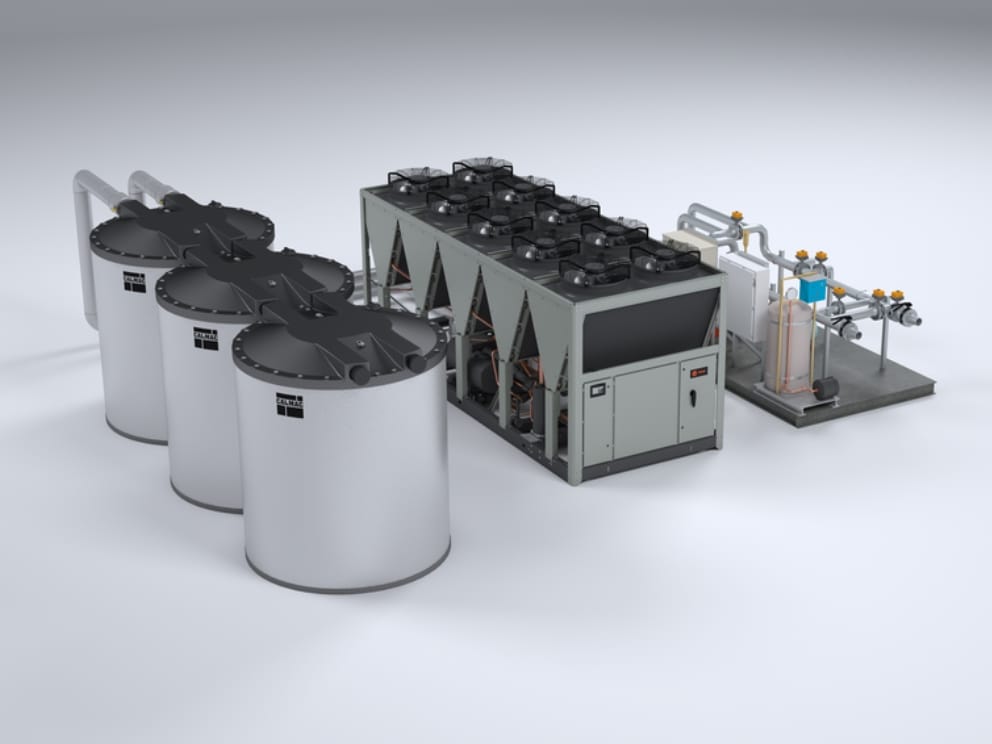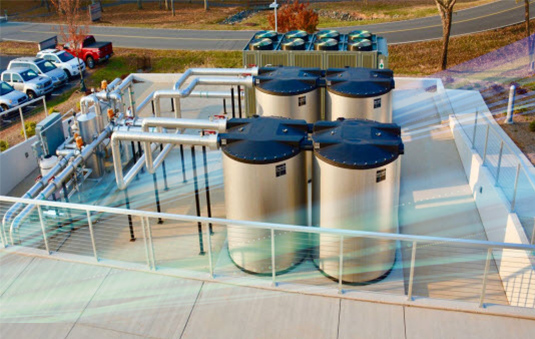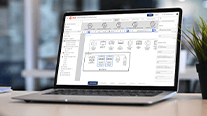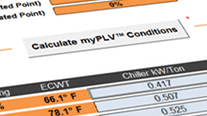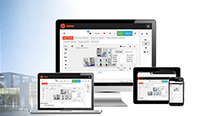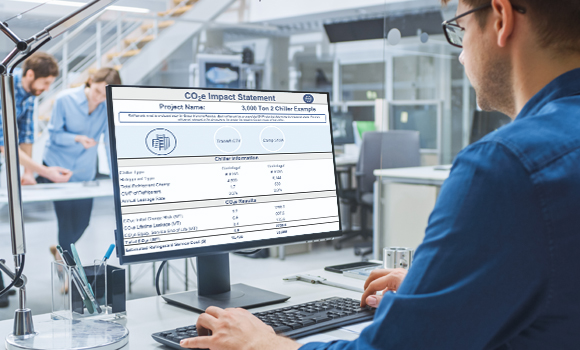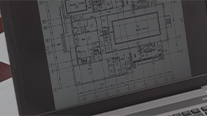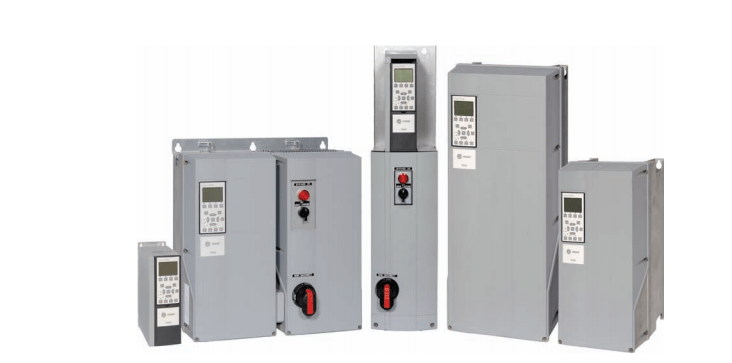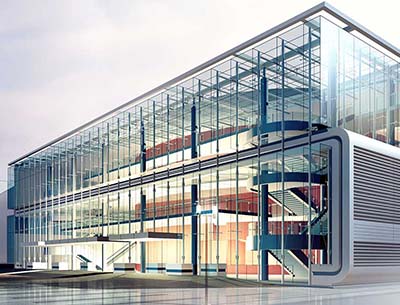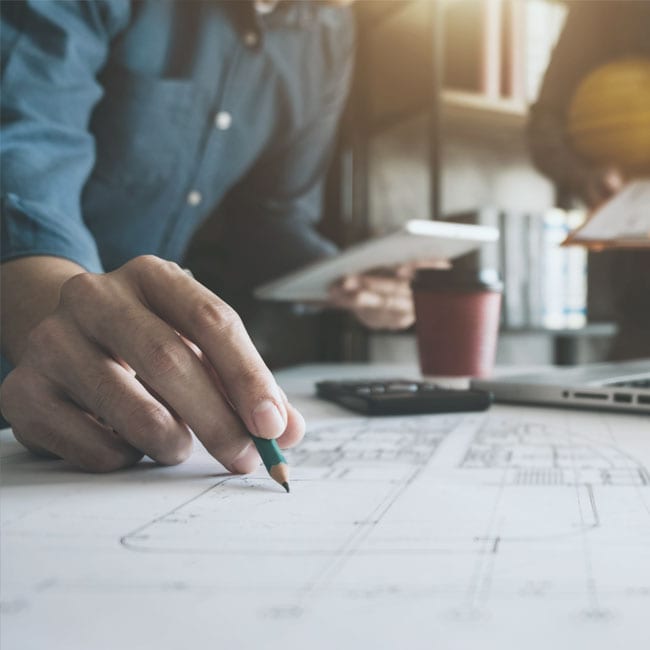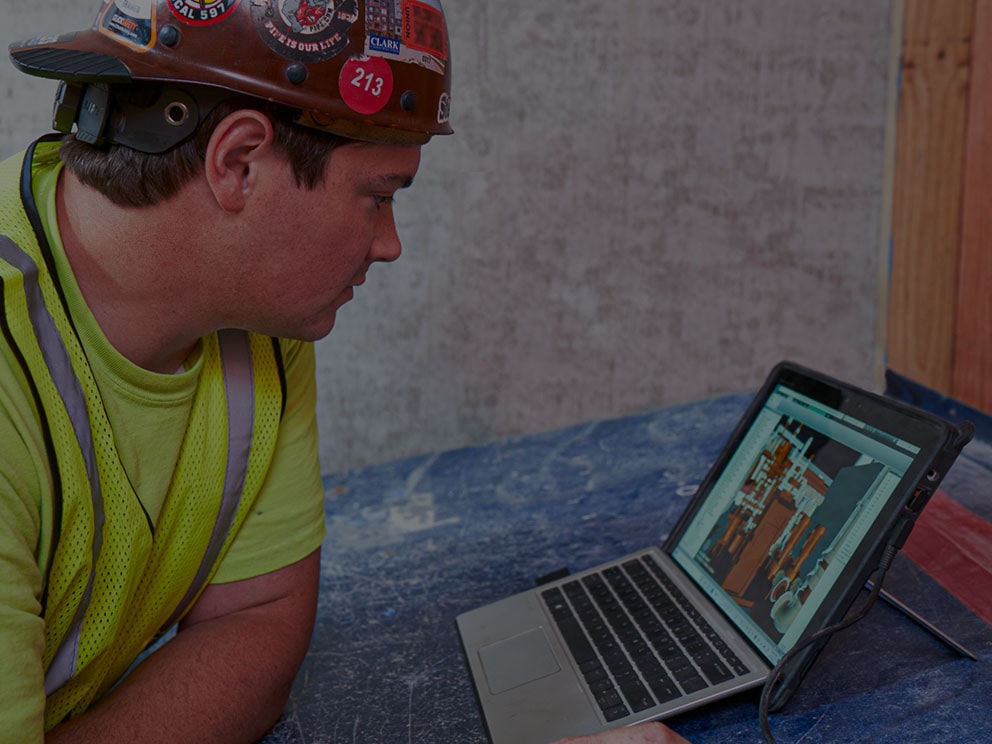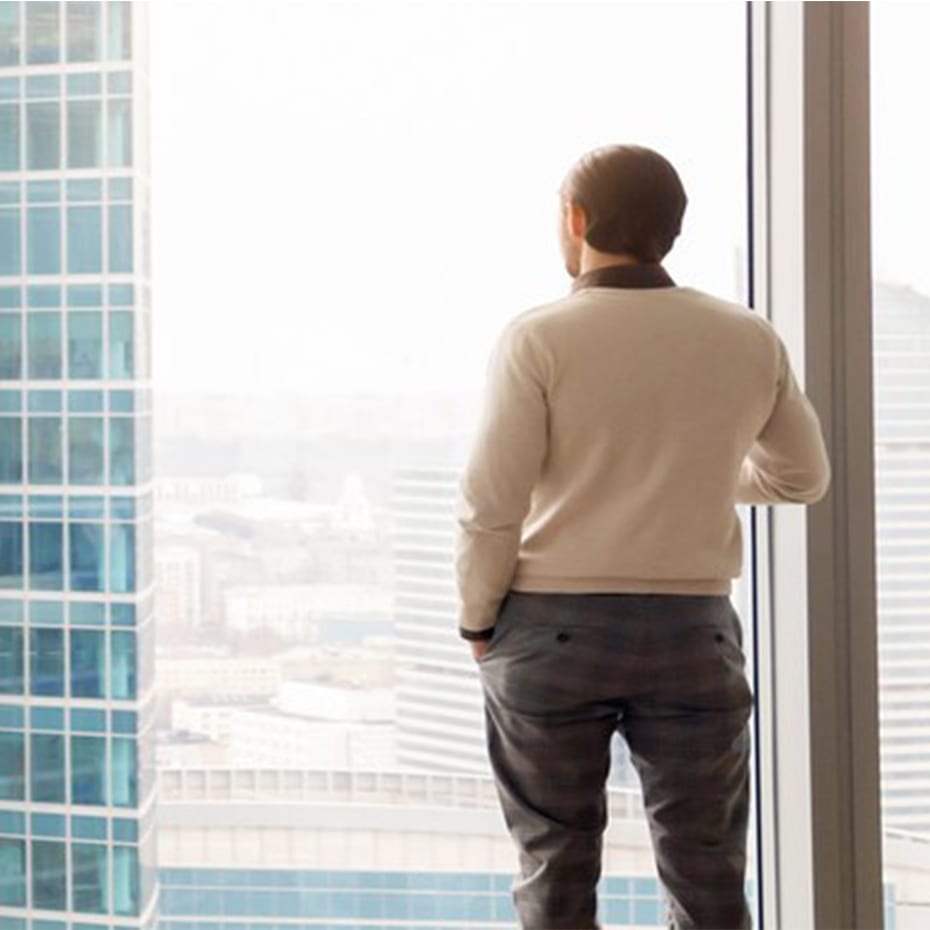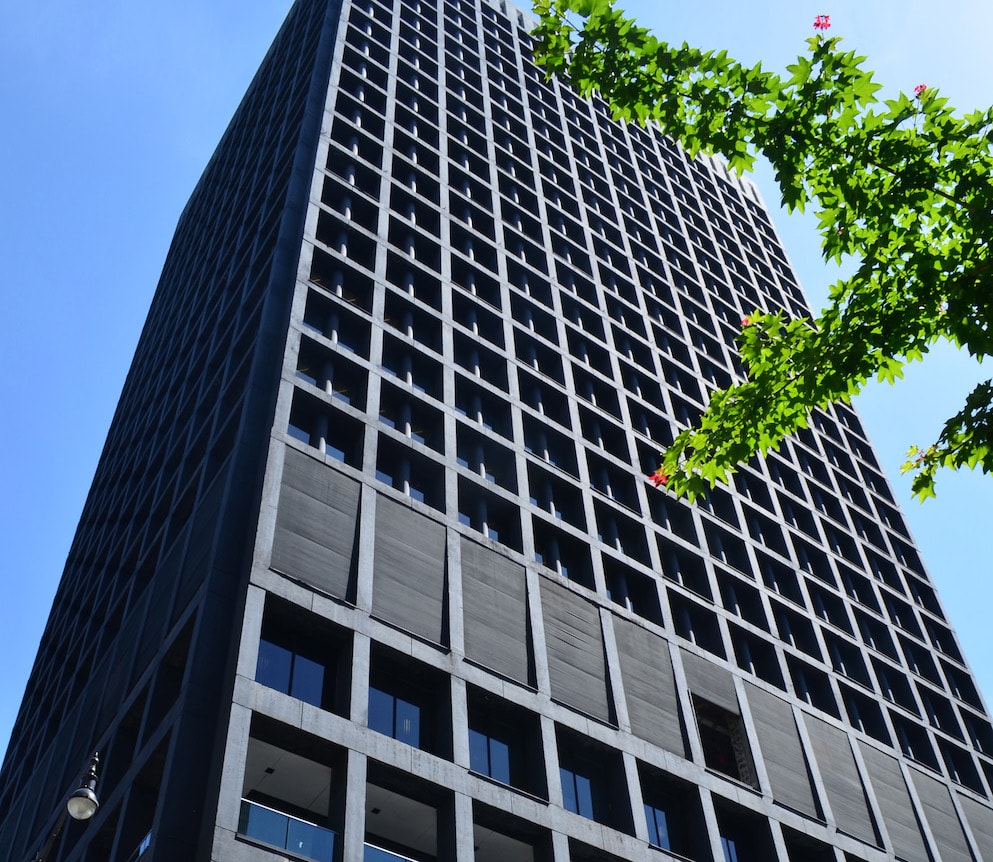Local Law 97 (LL97), part of Mayor de Blasio’s New York City Green New Deal and included in the Climate Mobilization Act, outlines one of the nation’s most ambitious plans to eliminate greenhouse gas (GHG) emissions.
Buildings account for two-thirds of GHG emissions in New York City, and building owners will play a significant role in reaching carbon neutrality through compliance of new energy efficiency and GHG emissions limits.
Local Law 97: What New York City Building Owners Need to Know
Discover key information, timelines, and how Trane can support your journey towards NYC Local Law 97 compliance.
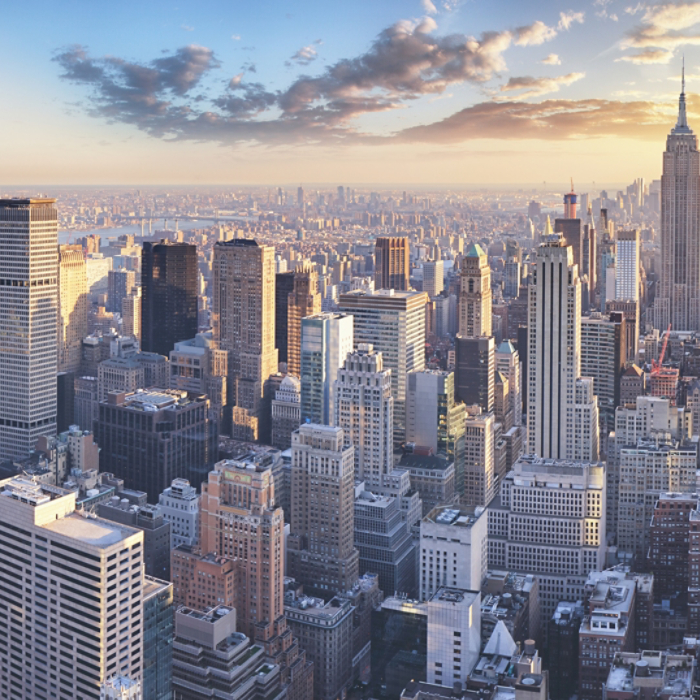
Local Law 97: What is it and who does it impact?
Local Law 97, which will require the annual monitoring of buildings’ energy and water usage, includes*:
- Buildings that exceed 25,000 gross square feet.
- Two or more buildings on the same tax lot that together exceed 50,000 square feet.
- Two or more buildings owned by a condo association governed by the same board of managers and that exceed 50,000 square feet together.1
* Some buildings are exempt from Local Law 97. More information can be found on the Department of Buildings (DOB) Greenhouse Gas Emission Reporting website.
Understanding and navigating the new limits introduced by Local Law 97 (LL97) can be overwhelming and stressful for building owners. Each journey toward compliance may look different but rest assured, the right collaborator will meet you at any point. The path to compliance can be summed up in one word—decarbonization. The journey to decarbonize your building is uniquely yours and Trane® is the right collaborator to help guide you.
Good Faith Exemptions
Provided an owner has already completed a.) benchmarking, b.) lighting upgrades and submetering requirements, and, c.) has submitted a Local Law 97 annual emissions report, a building can qualify for good faith exemptions from the Department of Buildings by meeting certain requirements by May 1, 2025.
Article 321 Buildings
Provided an owner has already completed a.) benchmarking, b.) lighting upgrades and submetering requirements, and, c.) has submitted a Local Law 97 annual emissions report, a building can qualify for good faith exemptions from the Department of Buildings by meeting certain requirements by May 1, 2025.
Beneficial Electrification Credits
Beneficial electrification credits are available for properties that install electric heating, cooling and/or hot water equipment that meets specified minimum energy requirements. Credits will apply to equipment installed before 2030, though there are added incentives for owners who install qualifying electrical equipment before 2027.
Trane is dedicated to helping building owners comply with Local Law 97. We offer a range of energy services, including energy assessments/audits, formulating action plans, and implementing those plans.
Here's how Trane can assist you:
- Energy Assessments/Audits: We conduct thorough energy audits to identify cost-saving opportunities and areas for improvement.
- Formulate Action Plans: Based on the audit results, we create tailored action plans to enhance your building's energy efficiency.
- Implement Plans: We help you implement these plans using our innovative technologies and extensive experience.
Trane provides end-to-end support to help you meet performance requirements, whether it's heat electrification, benchmarking, or performance data collection and analytics. Our comprehensive solutions ensure you adhere to regulations while achieving long-term energy savings and reducing environmental impact.
You don't need to become an expert in decarbonization. Trane will handle the complexities, helping you navigate regulations, implement energy-efficient systems, and improve your building’s performance. We are committed to making buildings more comfortable and cost-effective now and for future generations.
Downloads
When will Local Law 97 be implemented?
Trane Value Snapshot
62
projects enrolled in NYSERDA or Con Edison rebate programs.
13.6
MW (power) and 25,000,000 kwh (energy) reduction annually.
$32.7M
secured for clients in rebate dollars.
Read About Customers We Helped Comply with Local Law 97
-
Customer Story
Bringing 6 Iconic NYC Buildings into LL97 Compliance
Trane upgraded six luxury NYC buildings to comply with LL97, reducing annual carbon emissions by 3,633 metric tons (equivalent to 9.3M miles driven) and saving 5.2M kWh.
Disclaimer: Trane does not provide tax, legal, or accounting advice. This material is for informational purposes only and it should not be relied on for tax, legal, or accounting advice. Tax law is subject to continual change. All decisions are your responsibility, and you should consult your own tax, legal, and accounting advisors. Trane disclaims any responsibility for actions taken on the material presented.
1. https://www.nyc.gov/site/sustainablebuildings/ll97/local-law-97.page
2. https://www.epa.gov/system/files/documents/2022-12/12%2009%202022_OAR%20IRA%20Overview_vPublic.pdf
3. https://www.dol.gov/agencies/whd/IRA
